
USHIO ELECTRIC:利用紫外線分解和解毒 PFAS
・即使是高濃度的PFAS也能分解99%
・德國海岸PFAS嚴重超標
日經 Crosstech 文章摘要。

USHIO ELECTRIC in Japan:
Decomposing PFAS using UV light with a wavelength of 172 nm.
1. PFAS (fluorinated organic compounds) have been noted for their effects on the human body.
2. We have developed a technology to decompose and detoxify some substances using UV light.
Conventional PFAS detoxification technology:
1. Currently, the technology to detoxify PFAS involves “adsorption with activated carbon and incineration at high temperatures.”
2. However, the fuel and costs involved in incineration are high, and this method is not suitable for preventing global warming.
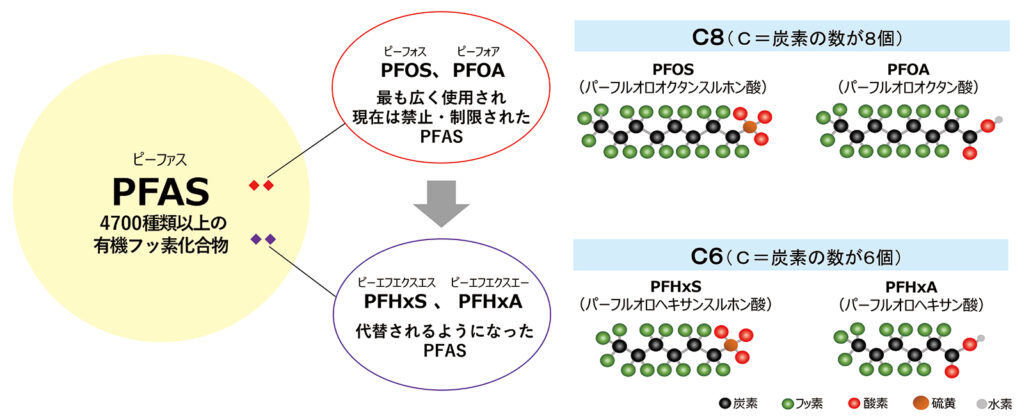
Decomposition method using UV light:
The substances that USHIO ELECTRIC targets for decomposition are two representative types of PFAS.
These are perfluorooctane sulfonic acid (PFOS) and perfluorooctanoic acid (PFOA).
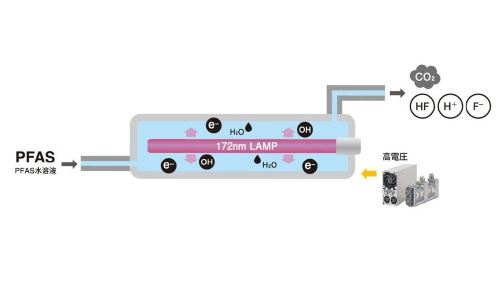
172 nm UV irradiation with an excimer lamp:
1. An excimer lamp is used to irradiate an aqueous solution believed to contain PFAS with 172 nm UV light.
2. At the same time, high voltage is applied to generate OH radicals and hydrated electrons (e-).
3. A chemical reaction breaks down the two types of PFAS into hydrogen fluoride (HF), hydrogen ions (H+), and fluoride ions (F-).
Results of UV irradiation with an excimer lamp:
1. In the experiment, an aqueous solution with a concentration exceeding 50 ng/L (the water quality standard target for PFOS and PFOA) was used.
2. It was confirmed that a high-concentration aqueous solution on the order of mg/L could be decomposed by 99% in a certain amount of time.
Finally, it is reacted with calcium hydroxide [Ca(OH)2] and fixed as calcium fluoride (CaF2).
https://xtech.nikkei.com/atcl/nxt/news/24/02085/
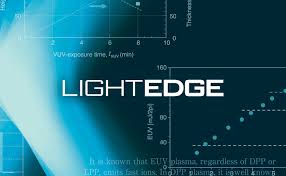
Ushio has developed technology : 2025.01.16
1.Ushio has developed technology that can decompose and detoxify PFAS by utilizing vacuum UV technology it has cultivated since its foundation.:
2.Specifically, Ushio decomposed PFOA and PFOS by employing three powerful forces: light using an excimer lamp that produces UV light with a wavelength of 172nm, OH radicals, and hydrated electrons.
As a result, it was able to verify that even large amounts of PFOA and PFOS measurable in mg/L can be decomposed by 99% within a certain period of time.
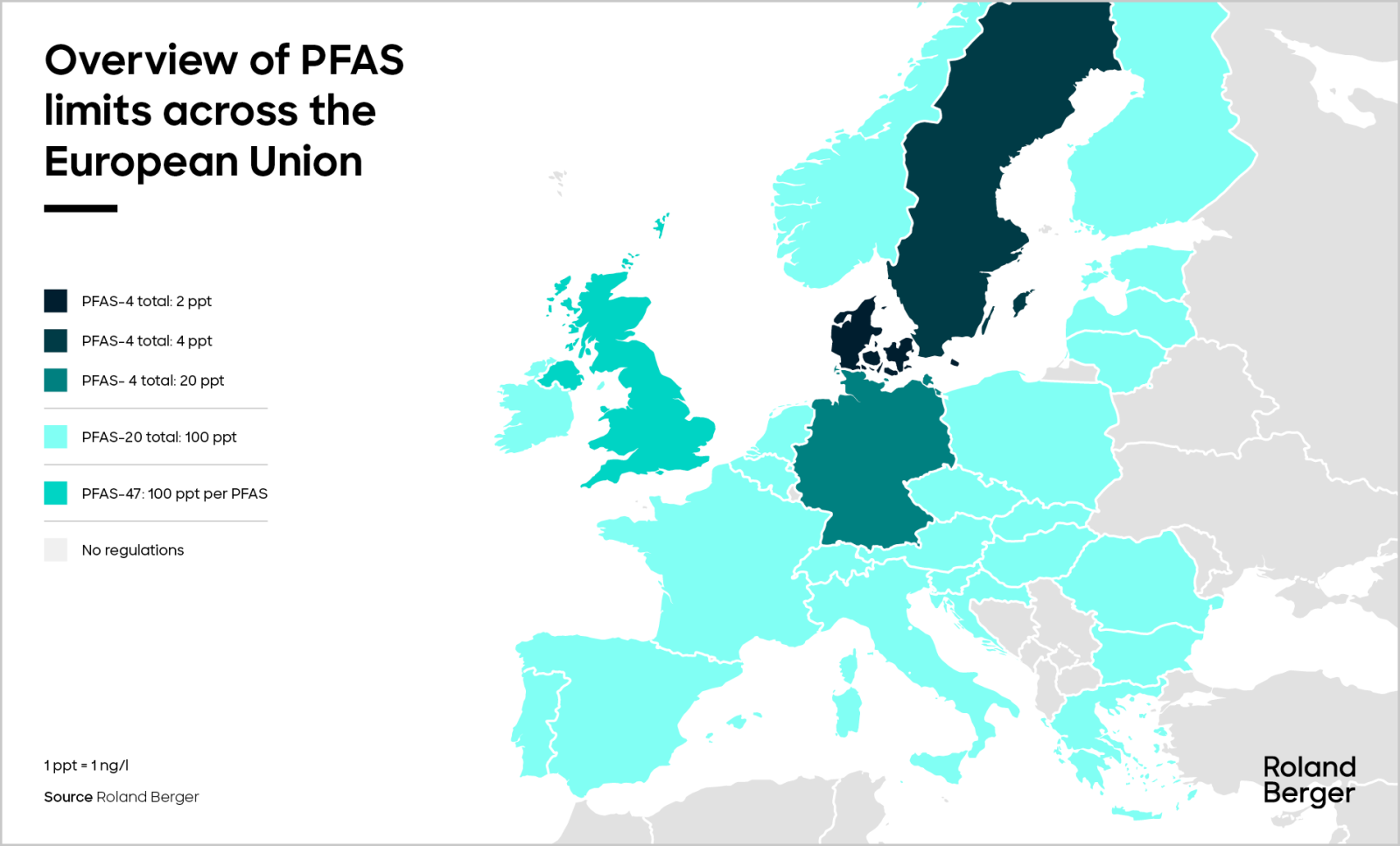
Regulations in Europe and the United States:
Emission regulations have been gradually established, particularly in Europe and the United States,
Due to the persistent nature of PFAS, the development of methods to remove and detoxify them has become an urgent issue.
1.Absorption into activated carbon followed by high-temperature incineration is currently being considered as a decomposition method for PFAS.
2.However, concerns have been raised about the fuel for the transportation and incineration of activated carbon with PFAS absorbed and the associated energy consumption,

Ushio has developed technology:
[Features]:
・Processing is possible at ordinary temperatures and pressures
・No fuel burning, catalysts, and chemical additives are required as decomposition using only light and electrical energy is possible
・Unexpected fluorine compounds are unlikely to be produced during the decomposition reaction process
・Capable of decomposing short-chain PFAS molecules
・Final substances (HF, H+, and F-) remaining after decomposition can be fixed and stabilized as calcium fluoride by final processing with calcium hydroxide (reusable for other applications)
・High efficiency can be achieved by combining with PFAS condensation technology
Ushio will continue research and development :
to put this technology into practical use with the aim to start a verification test in fiscal year 2025 and start a business in 2027.
A panel showing this technology will be exhibited at “InterAqua 2025,” which will be held at Tokyo Big Sight from January 29th to 31st, 2025.
https://www.ushio.co.jp/en/news/1002/2025-2025/501323.html

German coast: PFAS seriously exceeding the standard value
We bring you a summary from an article published in Record China.
Deutsche Welle:
On February 3, 2025, the Chinese version of the site reported that high concentrations of PFAS (fluorinated organic compounds) were detected on the German coast.
Danish and Dutch coasts:
Recently, high concentrations of PFAS were detected in foam on the sea surface on the Danish and Dutch coasts.
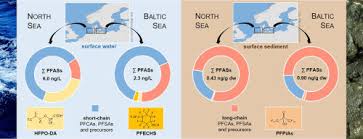
Germany’s North Sea and Baltic Sea coasts:
1. Environmental protection group Greenpeace also conducted an investigation on the German North Sea and Baltic Sea coasts.
2. Tests also revealed that extremely high concentrations of PFAS were detected at multiple locations.
Kühlingsborn on the Baltic Sea coast:
1. 160 milligrams per liter of seawater was detected.
2. This is 4,000 times the standard set by Denmark.
The German government has not currently set a “standard for PFAS concentrations in foam on the sea surface.”
https://www.recordchina.co.jp/b948059-s25-c10-d0193.html